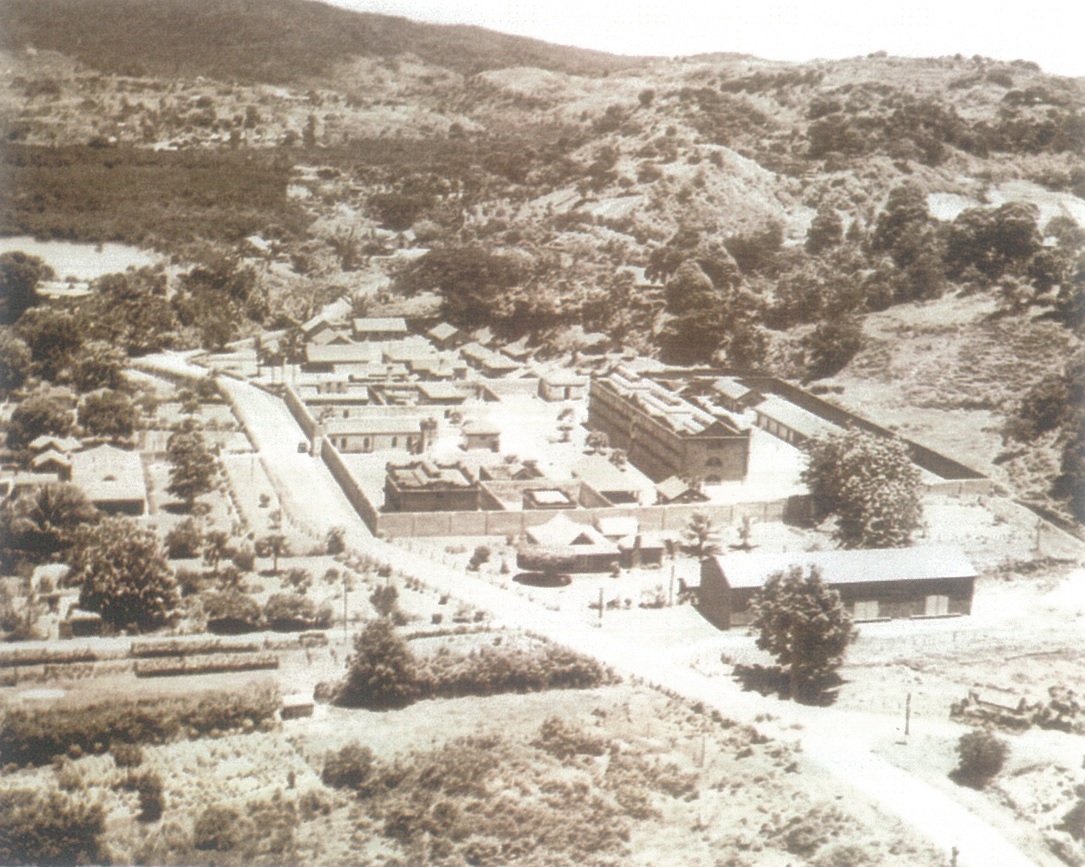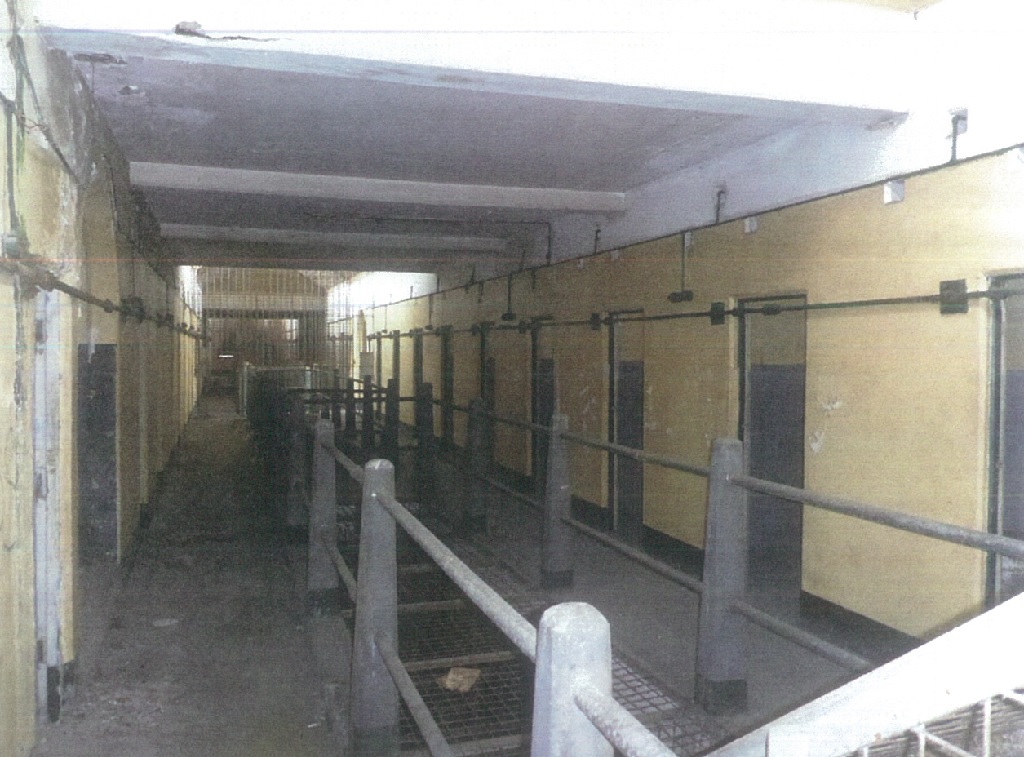Suva Prison
The Suva Prison is the major receiving centre in Fiji. Established at Korovou soon after the capital moved to Suva, the prison has housed men, women and juvenile prisoners at various times in its history. The complex includes Fiji’s first ferro-concrete building and a gallows where executions took place until 1964. Prisoners have maintained the nearby Suva cemetery since the prison was opened.
Last updated on 06 Jun 2025
Narrated by Sherine Masi




Timeline
1874
After Cession, British colonial administrators established a prison in Levuka, and lockups throughout the country.
1882
Preparations were made to transfer the capital from Levuka to Suva. A prison was established soon after. It began as a series of small huts with a reed fence.
1887
B.M. Seller's history of the Suva prison states that this was the year the prison was formally established when it took over a mental hospital building. The prisoners were responsible for looking after the burial grounds of the old Suva Cemetery. The cemetery was initially used by residents of Lovonilase, an early settlement for Europeans who moved from Levuka.
1889
The first recorded execution took place on April 4. A temporary gallows was set up on the hill behind the wall.
1905
A fixed execution chamber was built with William Reeves as the executioner.
1912-1913
A new prison building was constructed. Containing 171 cells it was the first ferro-concrete building in Fiji. The main wall around the complex was constructed from coral rocks, and the Fiji Brick Company supplied bricks for the rear wall, the prison hospital and officers’ quarters. The original front wall is still visible from the street today.
1964
The last execution took place at the prison when the death penalty was abolished in Fiji.
1965
Naboro prison was opened this year and expanded to include a medium and maximum security prison in subsequent years. Many of Suva’s inmates were transferred here.
1999
Fiji’s famous executioner, William Reeves, died on December 7.
2008
Tagimoucia Art gallery was established across the road to display prisoner’s artworks as part of the Yellow Ribbon Project which was established for the rehabilitation of prisoners.
2019
The central prison building was demolished. It had been empty since 1998 due to disrepair.
References
B.M. Sellers, “Development of Fiji Prison Service”, Proceedings of the Fiji Society 1955-1963 (Volume 6) (Suva 1962).
Bart van Aller, Suva Gaol (Suva, National Trust of Fiji 2015).